There are 504 national parks in Europe, covering hundreds of thousands of miles of beautiful mountains, valleys, rivers, forests and biodiversity terrain. Russia is the country with the most national parks in Europe, with 48, and there are only seven countries in Europe that don’t have any national parks at all. We’ll get to those shortly (prime pub quiz material), but what this feature is really about is highlighting which of the national parks in Europe are best for hiking.
After all, with so much land covered, and so much on offer, where in the world (or rather, in Europe) do you start? With so many to choose from, the ‘best national parks in Europe’ is always going to be a subjective topic, but we’re going to highlight 10 of our favourite national parks in Europe - and really aim to show the diversity of terrain that the continent has to offer.
National Parks in Europe: The Stats and History
The concept of the National Park actually comes from America. Yellowstone National Park National Park became the first national park in the world when it was established in 1872. The idea, of course was to protect the natural beauty, the rock formations, the flora and fanua and the natural habitat of the wildlife that lives in these places. There is a European link there though - John Muir, a conservationist known as the “father of the national park” system in America was actually born in Dunbar, on the east coast of Scotland.
Sweden was the first country in Europe to introduce the national park model. In 1909, Sweden established a full nine national parks, and went on to add seven more between 1918 and 1962, and another 12 between 1982 and 2002. They were followed by Switzerland, who introduced the Swiss National Park in the Western Rhaetian Alps in 1914 (still their only national park) and Spain, who designated the Ordesa y Monte Perdido national park in Huesca in 1918.
Italy and Iceland followed in the 1920's and a plethora of countries followed in the 1930s and 1940's, with the United Kingdom introducing their first national parks (Peak District, Lake District, Snowdonia and Dartmoor) in 1951.
Today, there are 504 national parks in Europe. The country with the most national parks in Europe is Russia, with 48 parks, covering 141,200 km2 in total. They're followed, in terms of the total number of national parks, by Norway with 47, Turkey with 43 and Finland and Sweden with 40 and 30, but France actually has the second largest total area covered by national parks. The 10 national parks in France cover an enormous 60,728km2 of land. That's 9.5% of the total landmass of France protected by national parks, second only in percentage to Iceland's 12.1%.
The only seven countries in Europe that have no national parks are Luxembourg, the Vatican City, Monaco, Andorra, Liechtenstein, Moldova and San Marino. We hope that highlights just how dense the national parks in Europe are, and how much is on offer. Now, onto the hiking...
10 of the Best National Parks in Europe for Hiking
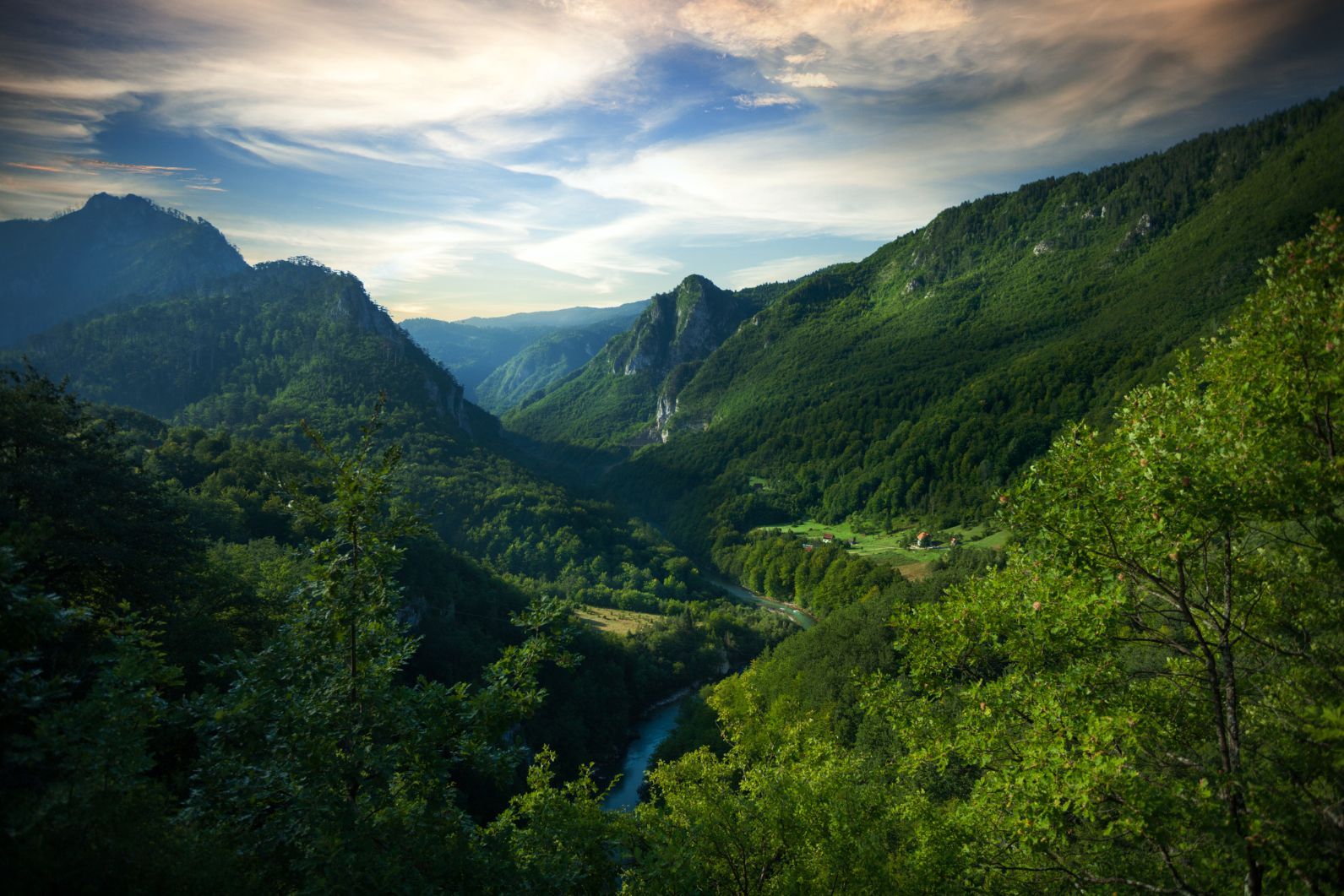
It’s tough to select just 10 national parks to highlight out of the 540 in Europe, but, well, that’s the job. What we’ve tried to do, as well as highlighting some of the big, vast and beautiful national parks, is highlight some national parks which also usually fly under the radar. So, with apologies to the Plitvice Lakes National Park in Croatia and the Bavarian Forest National Park in Germany, here are 10 of the best national parks in Europe for hiking. They sure are beautiful...
1. The Tatra National Park, Slovakia
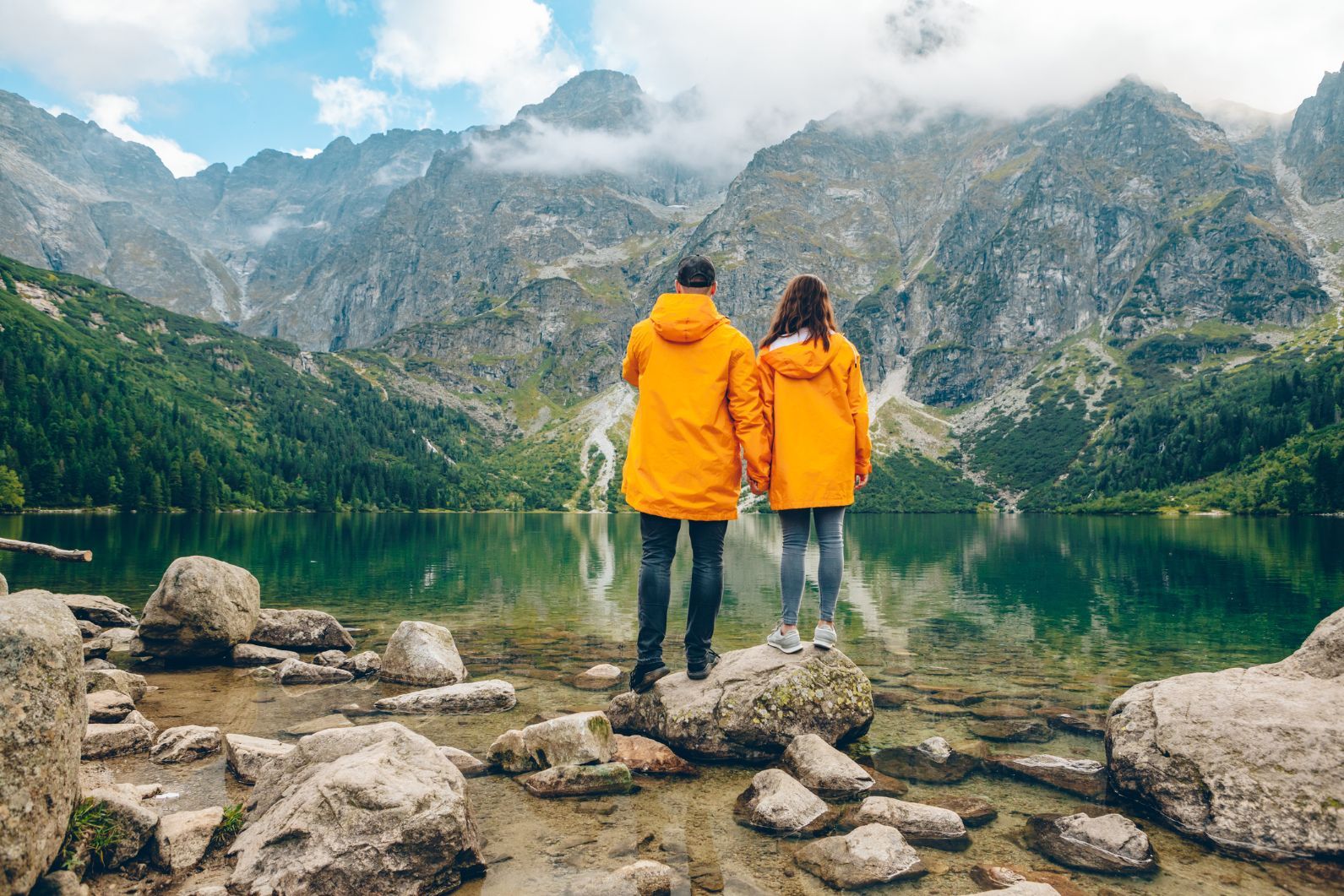
Size: 197.6 km²
There are nine national parks in Slovakia, and all of them are absolutely beautiful. The Slovak Paradise National Park is home to the Dobinska Ice Cave, which became a UNESCO World Heritage Site in 2000, and the remarkable Sucha Bela gorge, but the Tatra National Park - which became the first European cross-border national park when it was established in 1948, might just be the gem. Straddling Slovakia and Poland, the Tatra National Park is where you'll find the High Tatras - 29 peaks over 2,500m boasting simply remarkable hiking trails.
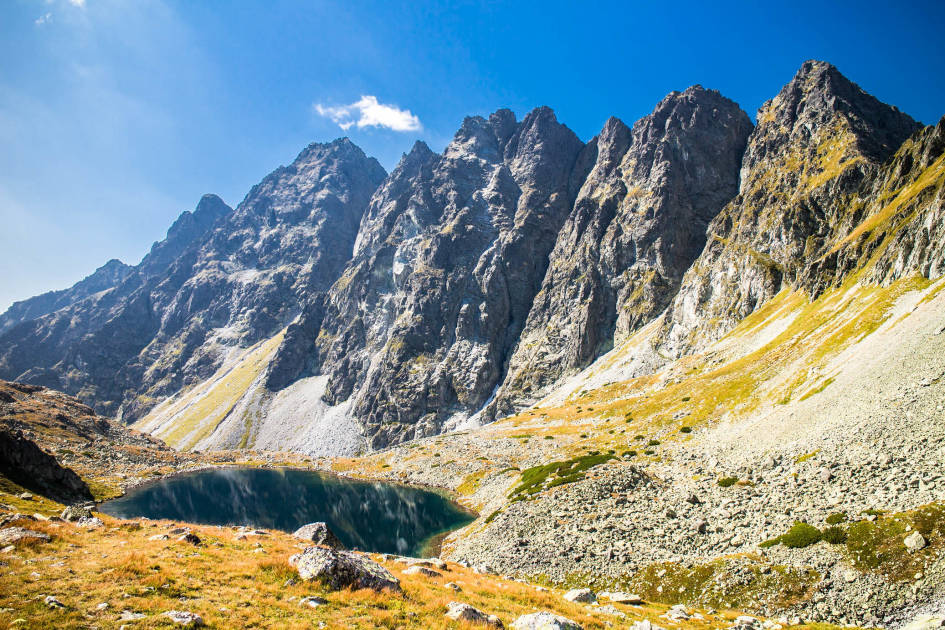
Where to hike? Climb Lomnicky Peak, the second-highest mountain in Slovakia and descend to the serene, remarkable Green Lake. Hike the Velicka Valley and ascend Gerlachovsky Peak, the highest mountain in Slovakia, and explore the stunning Tatranska Magistrala trail. That’s only for starters. Imagine the High Tatras like the Alps in immensity, but without any crowds.
2. Dolomiti Bellunesi National Park, Italy
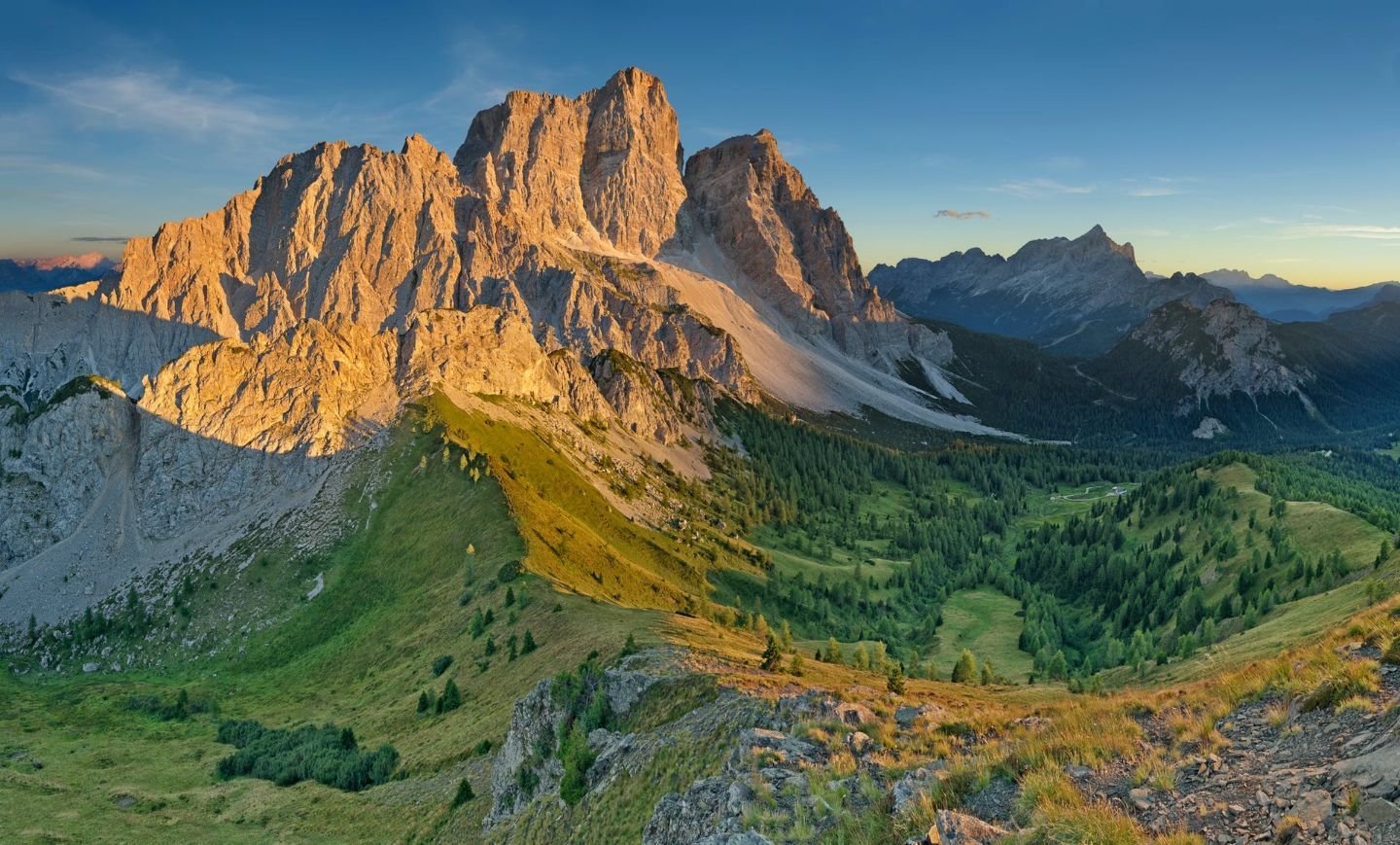
Size: 32 km²
This is by far the smallest national park included on this list, but, well, it’s the dolomites, isn’t it? How could we leave it out? The National Park of the Belluno Dolomites was established in 1990, and extends from the Cismon Valley until the Piave Valley. There are a range of beautiful villages, the distinctive Dolomiti mountains, and plateaus and rock-faces home to that most iconic of species - golden eagles.
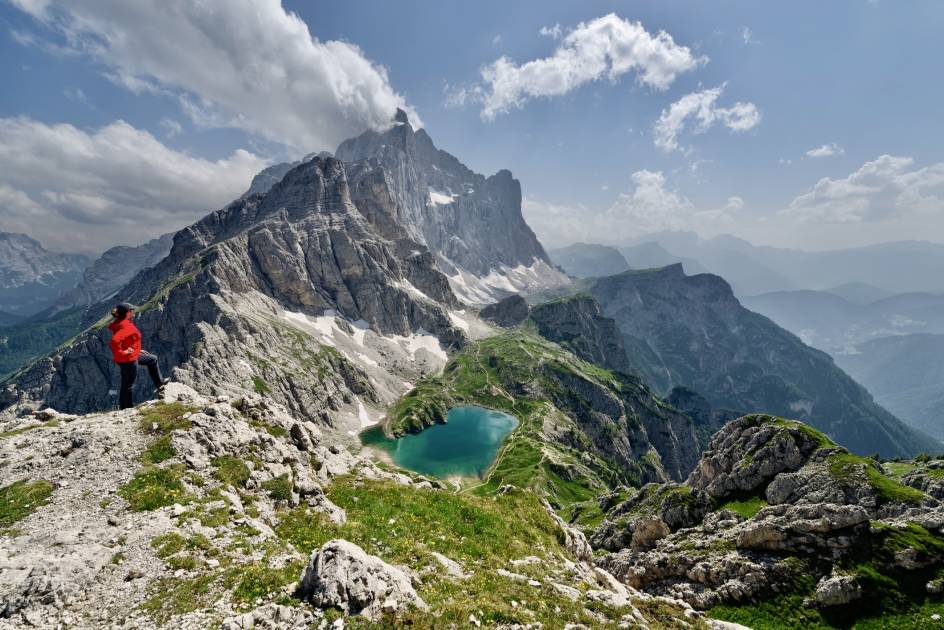
The best way to experience this? Hiking, of course. Go hut to hut through this UNESCO World Heritage Site, on a route that includes the Moschesin Pass, beneath the legendary peaks of Mt Pramper (2409m), Mt Schiara (2565m) and Mt Pelmo (3,168m). Never mind the best national parks in Europe, this place might be small, but it’s one of the best national parks in the world when it comes to hiking. The routes and trails are well built and marked, and the views? Mamma mia! We hear the Italians are rather talented when it comes to culinary delights, too…
3. Triglav National Park, Slovenia
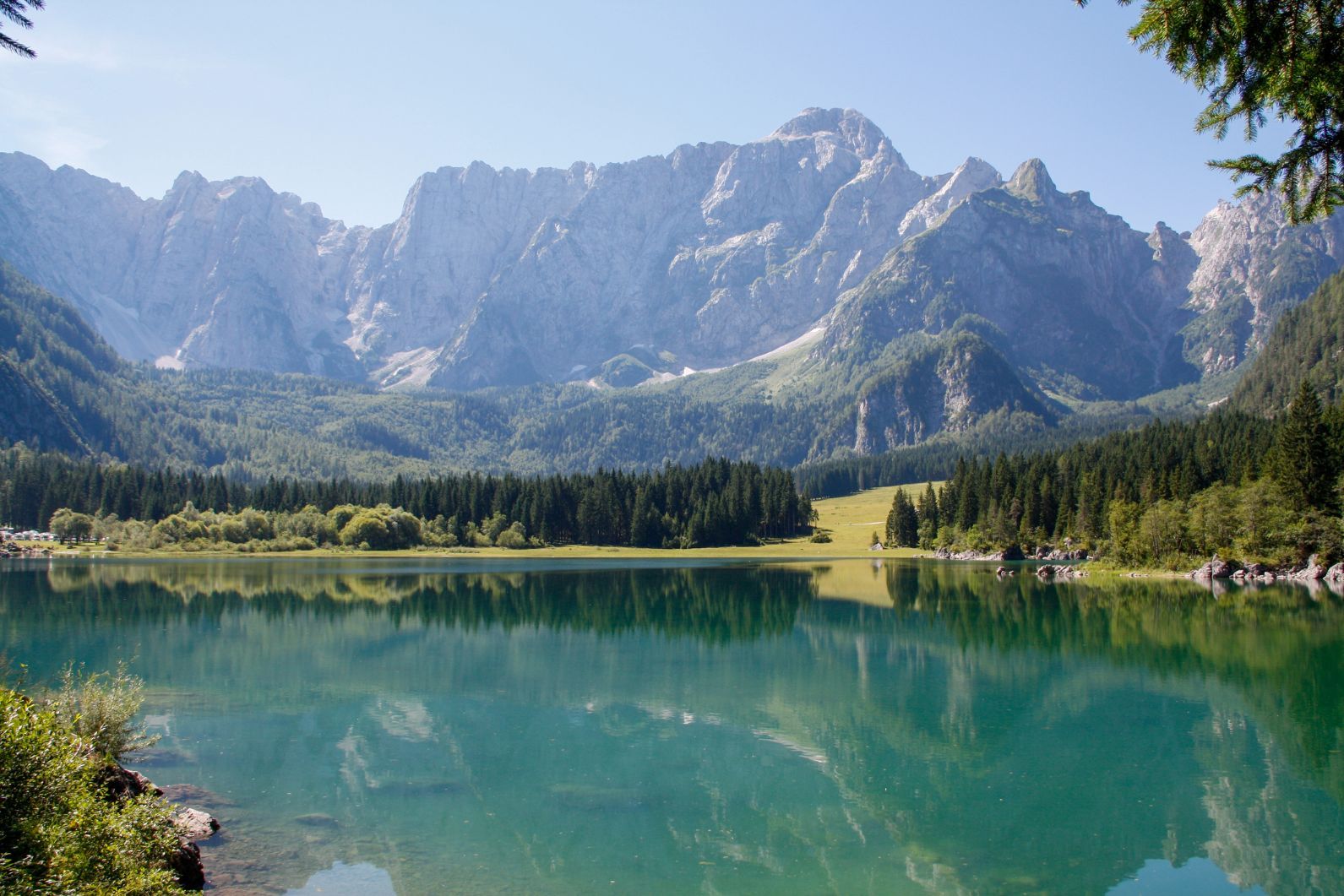
Size: 880 km²
Triglav National Park covers 4% of all Slovenia, and at its heart is the stunning Mount Triglav, the highest mountain in Slovenia. Standing tall at 2,864m and requiring not just a two-day hike, but a vertigo-inducing via ferrata to get to the summit, the Triglav hike really is bucket list worthy. The mountain is so embedded in Slovenian culture that’s it on the emblem of their flag, and they even say that every true Slovenian should get up that Triglav via ferrata to the summit once in their life.
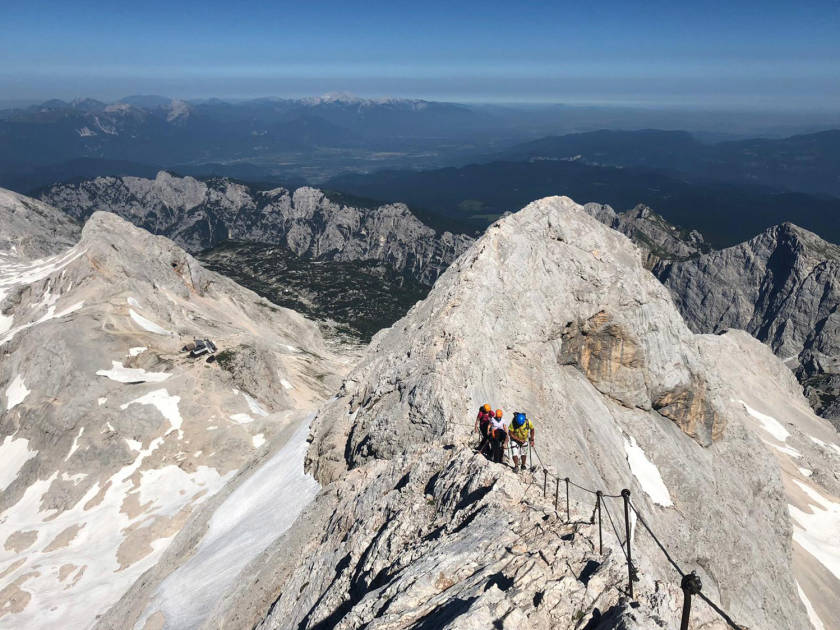
For those less keen on the gnarly side of things, there are still miles and miles of trails within the Triglav National Park and the Julian Alps that will blow your socks off. The hike to the 200m Brda, and 1965m Mrežce will both give you huge, expansive views over the rugged terrain, with mountains rising and falling sharply, and the slopes a rugged mix of stone and forest.
4. Cairngorms National Park, Scotland
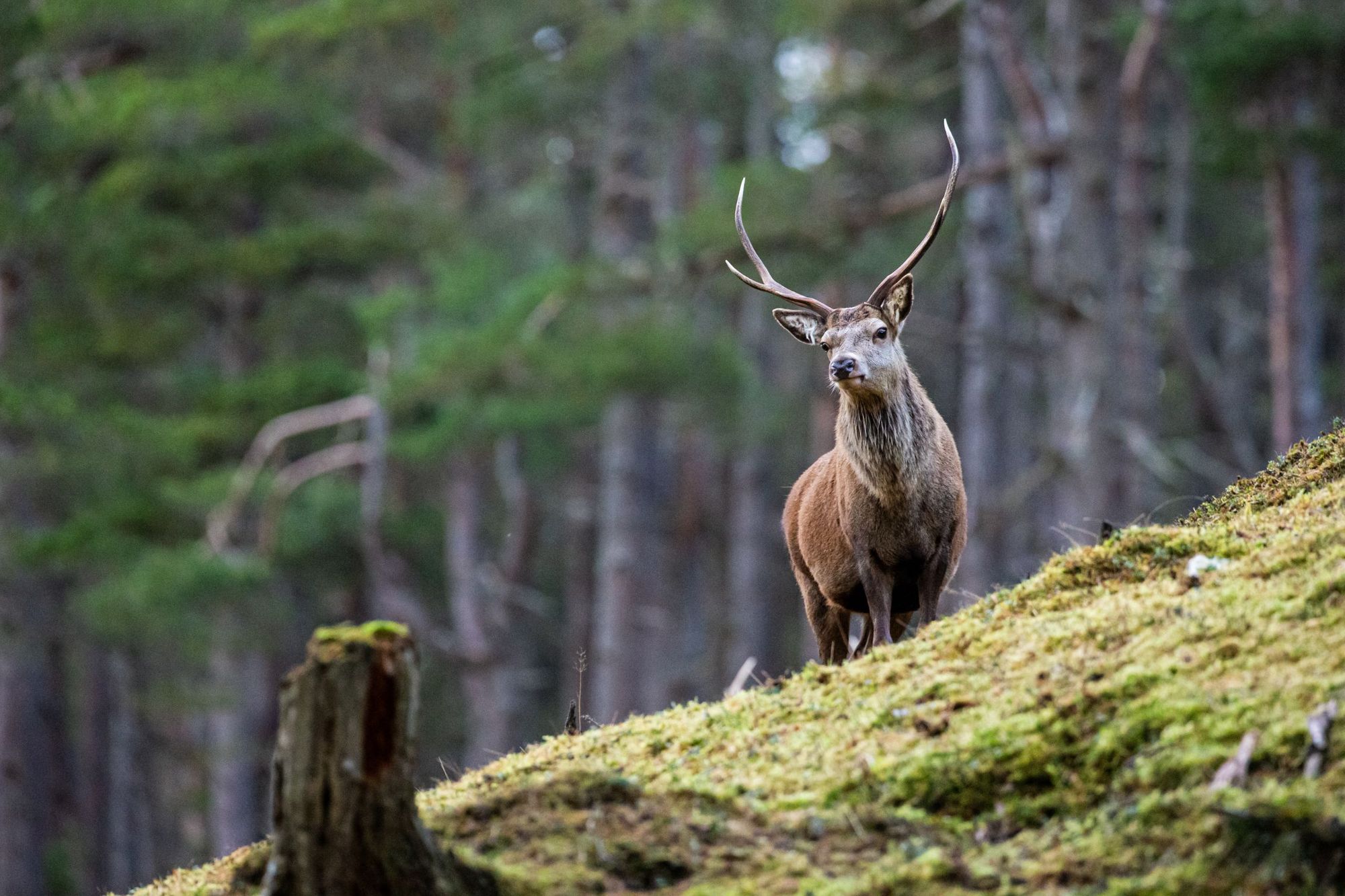
Size: 4,528 km²
What is there left to say about the remarkable Cairngorms National Park? Home to high peaks like Ben Macdui (1,309m), the second highest peak in the UK, as well as Cairn Lochan, Benn Mheadhoin and the Cairn Gorm itself, there’s no lack of scenic, challenging hikes in this national park in the Scottish Highlands. But there’s also something for everyone in the Cairngorms.
If you go to Feshiebridge and beyond, you can take a short hike to the Uath Lochans for mesmerising views out over the Inshriach Forest, or not far from there, you’ll find the Frank Bruce Sculpture Trail - a short, culture-filled stroll around an outdoor art gallery in the woods.
5. Pyhä-Luosto National Park, Finland
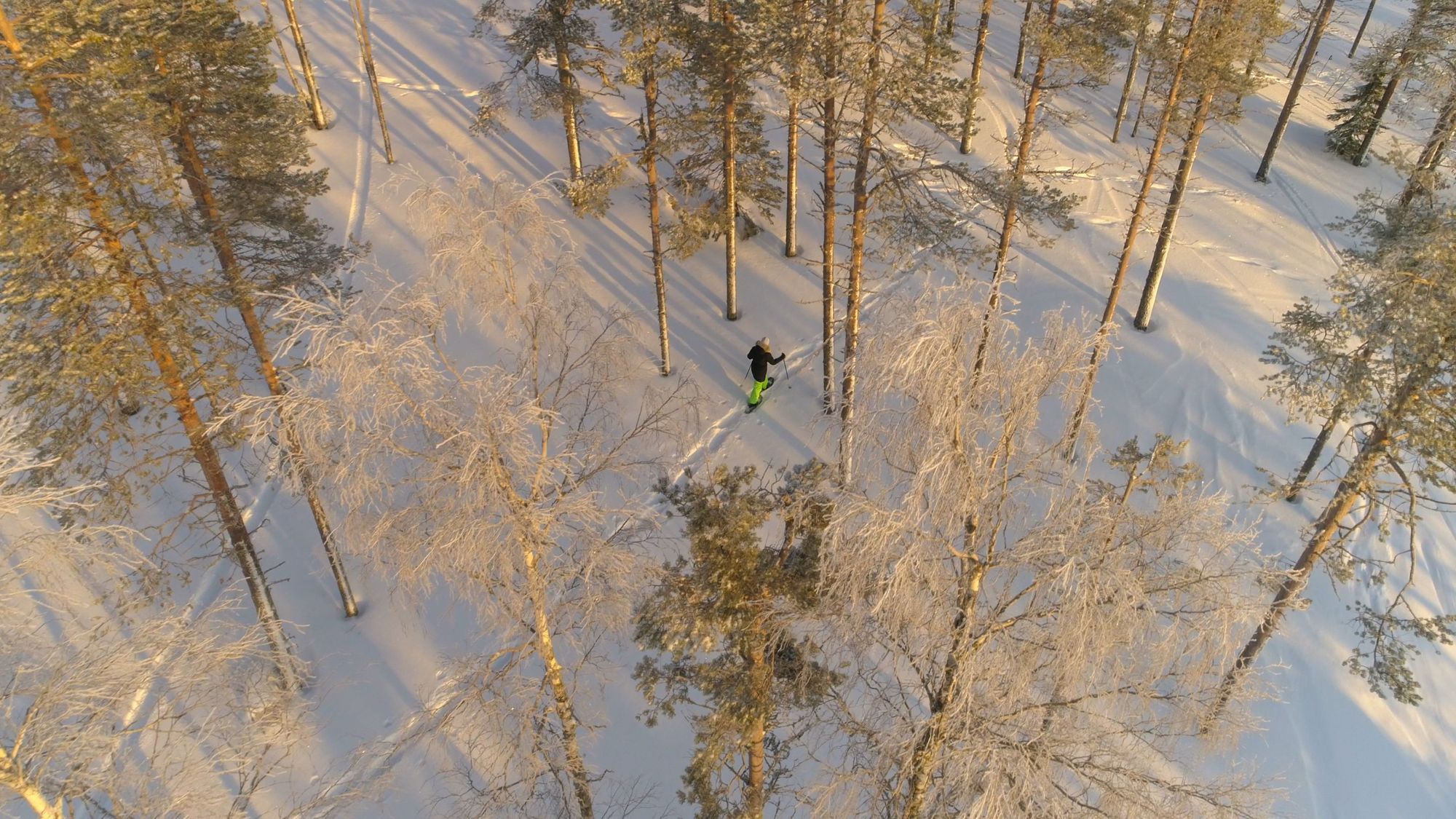
Size: 142 km²
Fancy visiting the Arctic Circle? Why not go beyond, to the majestic landscapes of the Pyhä-Luosto National Park? There’s plenty of hiking to be done here in summer, through the dense green forests, where hidden lakes gleam in the sun, but the most magical time to visit is in winter. This is when the snow lies thick on the ground, the icicles droop down off the waterfalls and the trees are weighed down and bent by metres of snow.

Visit the Pyhä-Luosto National Park and you'll find a snowy wilderness of frozen valleys, ravines and tunturis - the remnants of two billion-year-old mountains. For an even more immersive experience, get your ice climbing kit and head to the Korouma Canyon before you leave.
6. Durmitor National Park, Montenegro
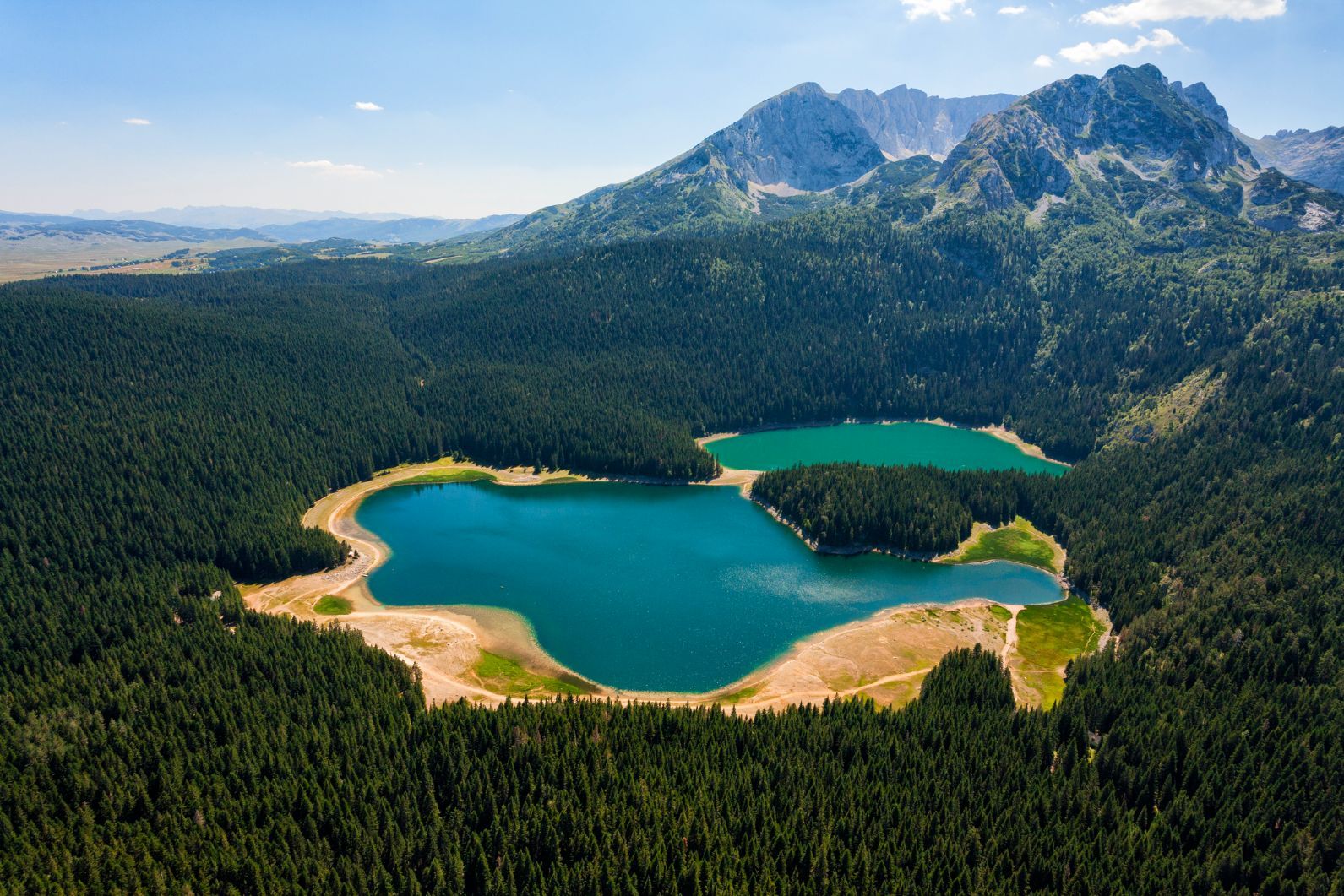
Size: 390 km²
Montenegro is one of those places that has boomed in terms of tourism and popularity in the past decade or so, but still a place not an awful lot of people know much about. You’ve seen the rivers, you’ve seen the lush forests, sloping up the mountain sides and the jaw-dropping canyons sandwiched in between. But where exactly is all that? Well, a lot of it is in the Durmitor National Park. The park is home to 18 glacial lakes, the pick of which is surely the absolutely remarkable Black Lake, beneath Bobotov Kuk (2523m), the highest peak in all Montenegro.
The Tara River is the deepest canyon in Europe and one of the deepest in the world (1300m deep). Hike the beautiful Prutaš (2393m) from the idyllic village of Dobri Do, get yourself up Bobotov Kuk, hiking through the wilds of the national park and scrambling to the top, and enjoy the sweeping views of the country around. This is one of the most unique national parks in Europe - and one that is only going to stay under the radar for so long.
7. Sharr Mountain National Park, Kosovo
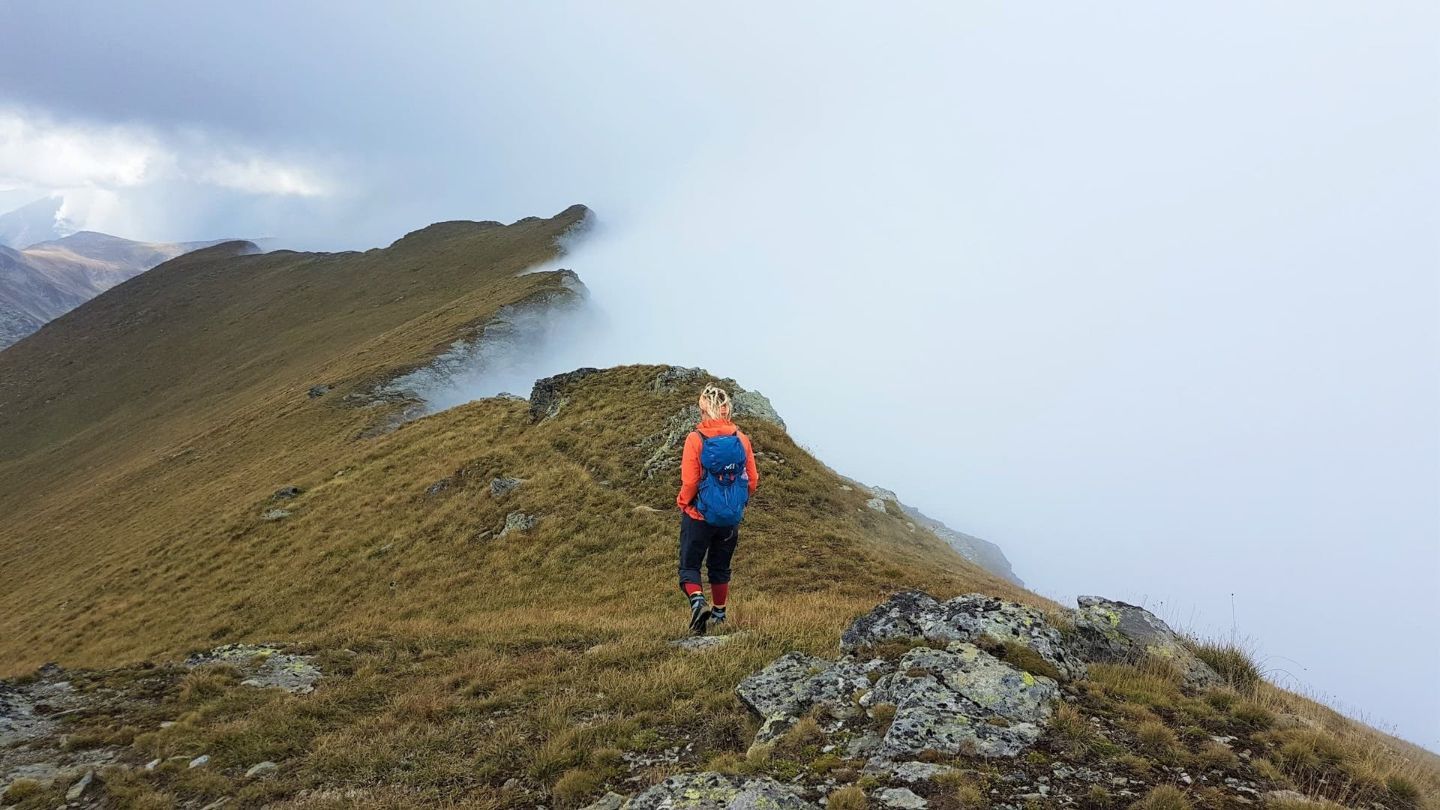
Size: 1,600 km²
Located in southwestern Kosovo, the Šar Mountains, or Sharr Mountains, are home to mountains over 2,500m high - as well as bears, lynx, wild boar and roe deer. The unspoilt scenery offers outstanding hiking across and up dramatic plains. Bistra Peak (2650m) is the second highest mountain in Kosovo. It passes the source of the Lumbardhi River and on a good day looks over to the Albanian Alps and to North Macedonia. Combine it with a hike to Guzhbaba (2589m), and you certainly won’t have to worry about queuing to get to the summit.
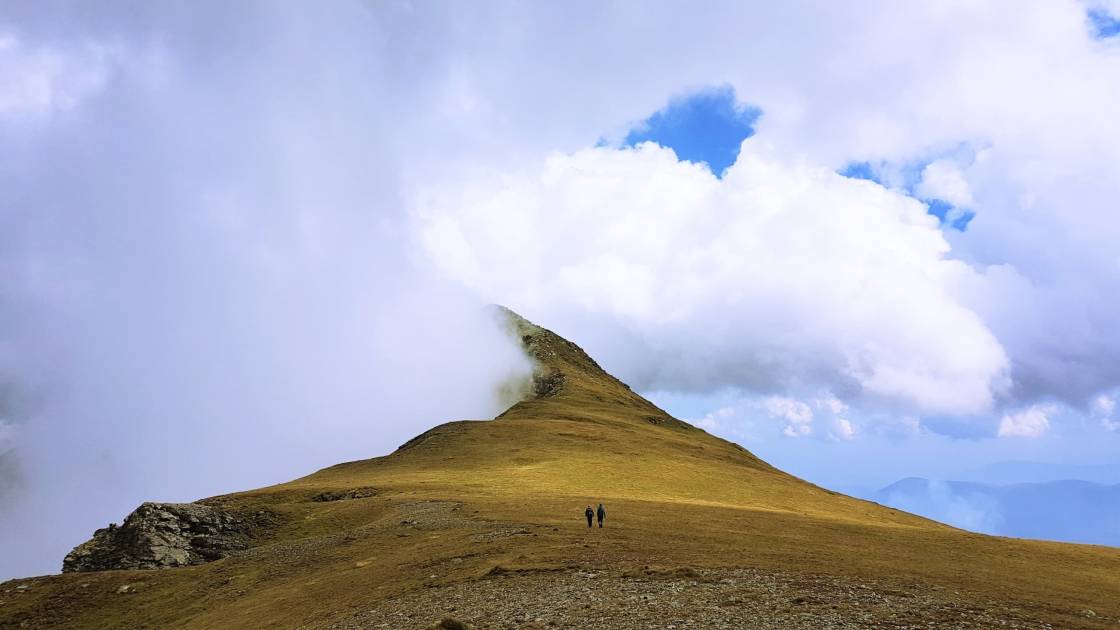
8. Pembrokeshire Coast National Park, Wales
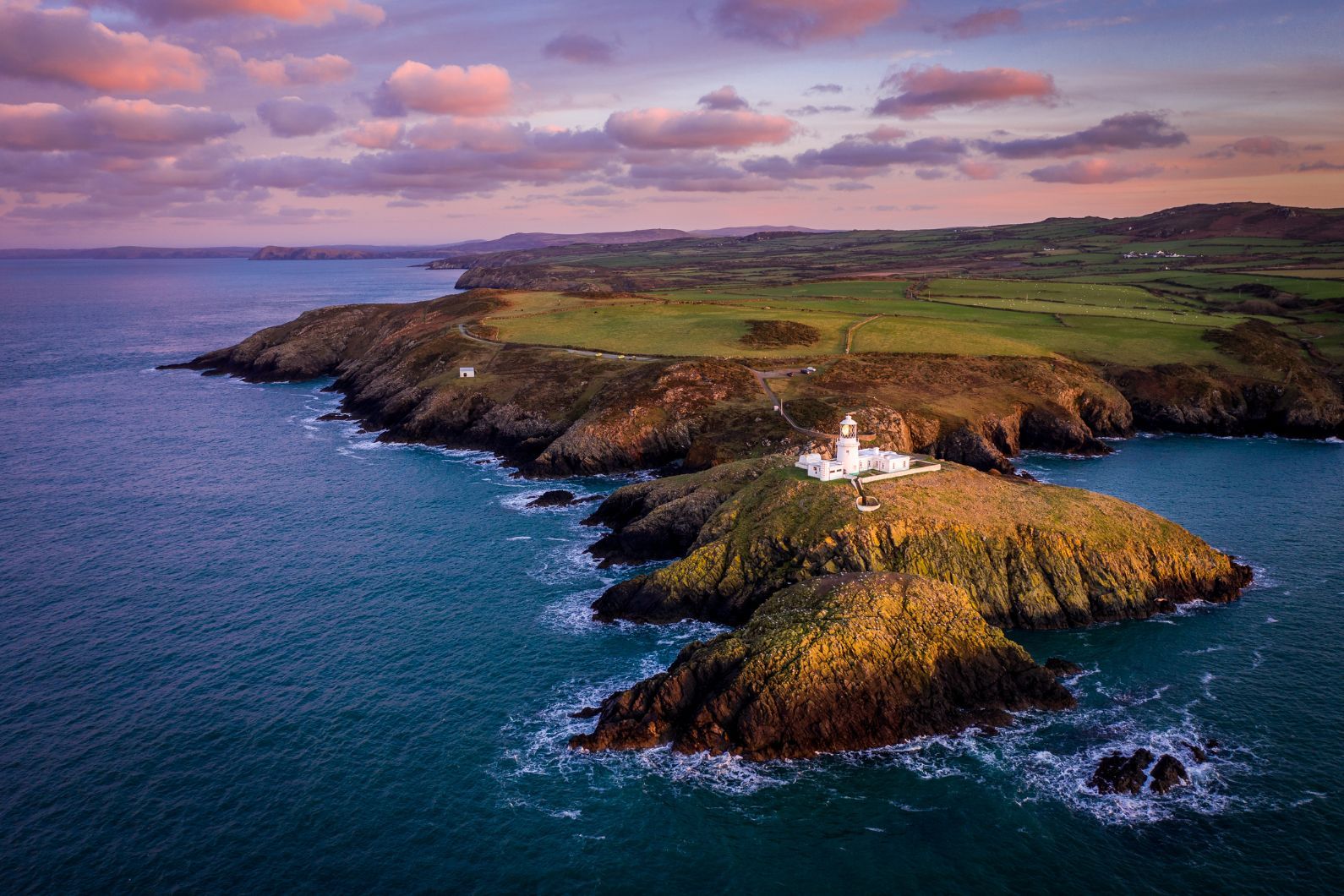
Size: 629 km²
Would the obvious national park in Wales not be Snowdonia, we hear you shout? Well, yes, it would. Snowdonia is stunning and offers fantastic hikes, not least up Snowdon, the highest mountain in Wales. But we thought we’d include a coastal option from Wales instead, and head west to the Pembrokeshire coast, where you’ll find remarkable, rugged cliffs and ocean views.
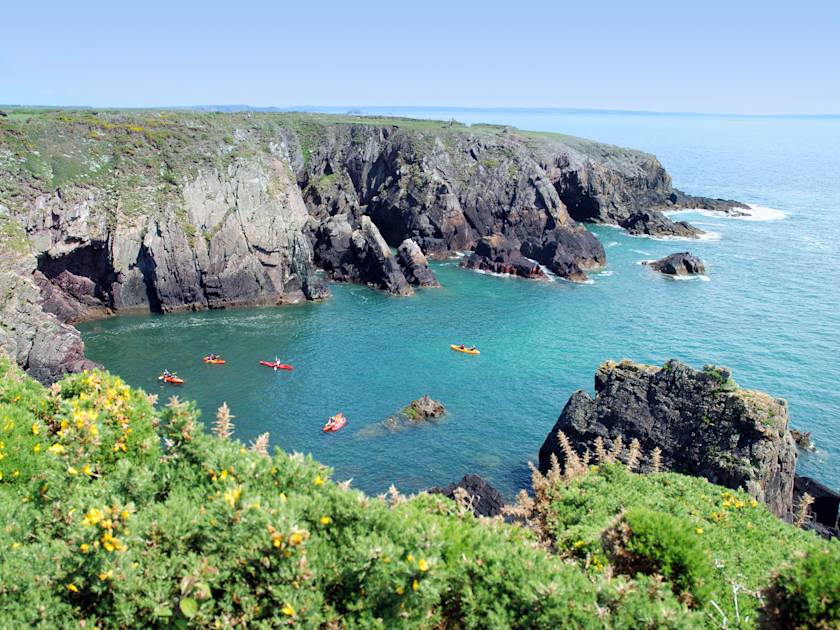
Hike to Strumble Head lighthouse, visit Porthgain and trek to the Blue Lagoon or circumnavigate Skomer Island, a Marine Conservation Zone ideal for spotting sea birds or seals. The Stack Rocks are also popular - and after looking at that water for so long, you’re no doubt going to want to get out into it. Get yourself on a kayak for best results, and cruise along the stunning coast.
9. Vanoise National Park, France
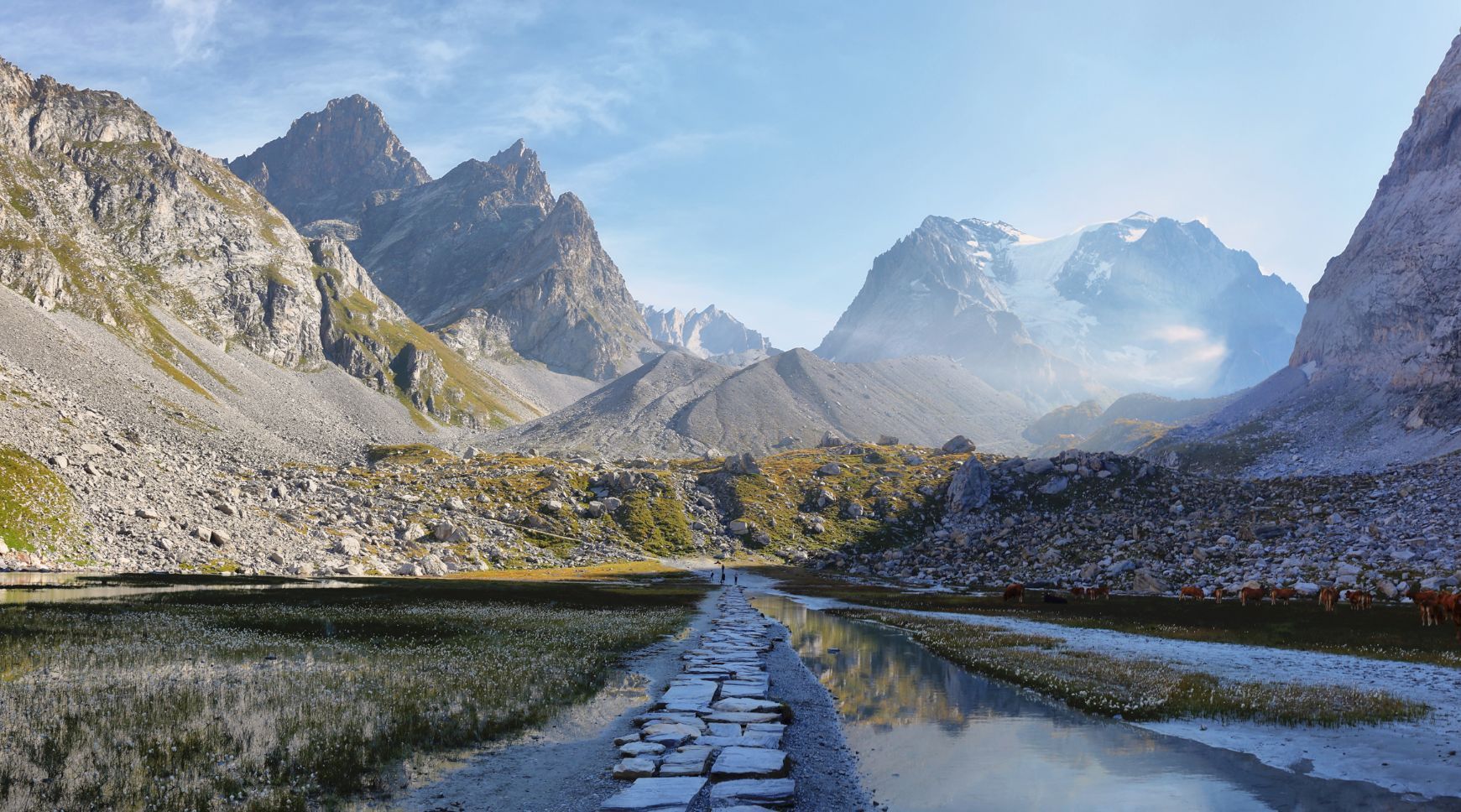
Size: 534 km²
There are several national parks in France which are worthy of being called the best national parks in Europe. The Mercantour National Park in the Alpes-Maritimes and Alpes-de-Haute-Provence has stunning views. The Calanques National Park is full of bright blue water and deep, grey cliffs. But we've opted for the Vanoise National Park in Savoie (continued by the Gran Paradiso National Park in Italy), because… well, if you’ve skied there, you’ll know.

The Vanoise National Park is bordered by Les Trois Vallées, Tignes, Val-d'Isère, Les Arcs and La Plagne. So that should give you an idea of the kind of terrain you’re dealing with. We're talking alpine beauty, huge, rugged mountain tops, beautiful, vibrant valleys and a borderline dangerous amount of cheese. Some of the best views of the Vanoise National Park come on the Tour du Mont Blanc - so if you want to experience it, and then some, take on the challenge itself.
10. Olympus National Park, Greece
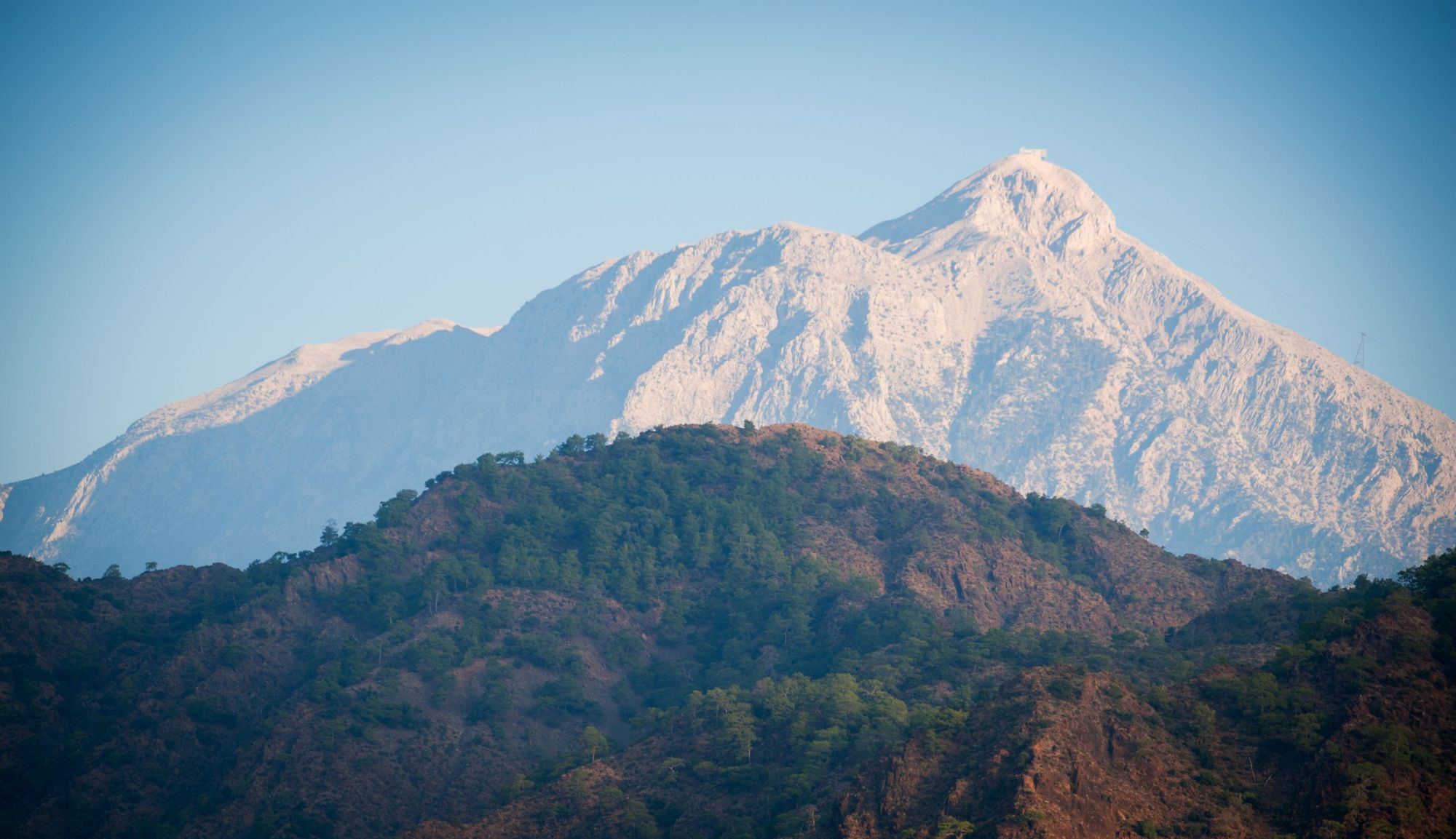
Size: 3,733 km2
Mount Olympus is not only the highest mountain in Greece, it’s also the Throne of Zeus and the Home of the Gods. So how can Olympus not be one of the best national parks in Europe? The hike up Olympus is one of the great hikes in all of Europe, and in all honesty, far beyond, too.
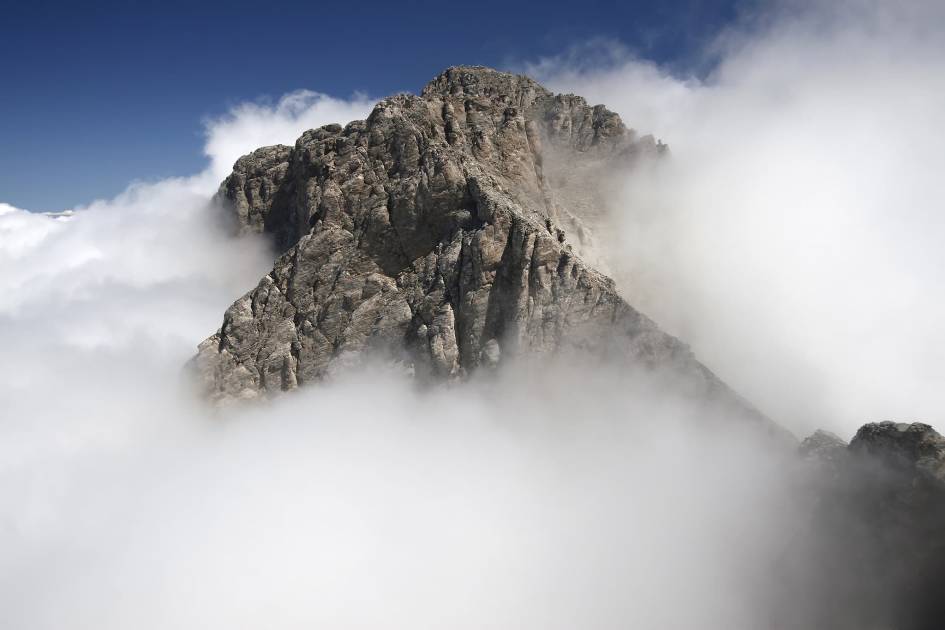
There are actually 52 different peaks spread out across Olympus, so there’s a whole lot more hiking to be done than just the summit push. The highest one is Mytikas, at 9,570ft, and on the mountain trails below you could encounter anything from a chamois to a wild goat to a wolf, jackal, fox or wild cat. Look to the air and you might see a golden eagle or lanner falcon.
Inspired? Check out our full range of wild hikes, featuring some of the best national parks in Europe, and a whole host of epic hikes beyond.


